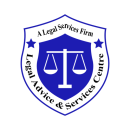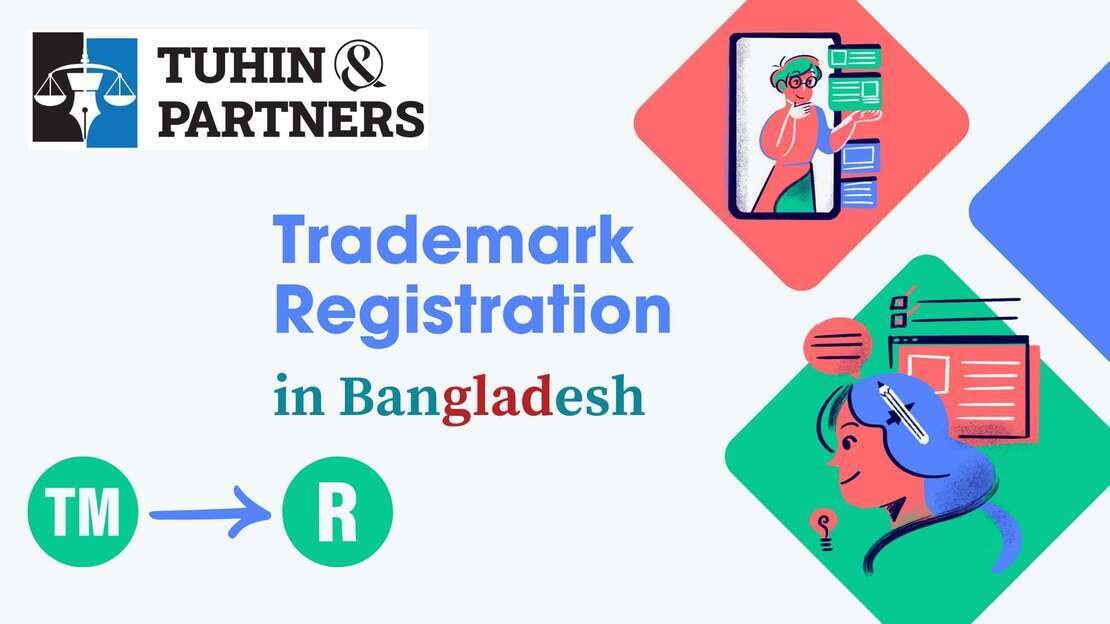Trademark Registration in Bangladesh
Trademark Registration in Bangladesh
Trademark registration in Bangladesh is managed by the Department of Patents, Designs, and Trademarks (DPDT) under the Ministry of Industries. A registered trademark helps protect a business's brand identity, distinguishing its goods or services from others. It provides exclusive rights to use the mark, prevents unauthorized usage, and enhances the brand's reputation and goodwill.
Types of Trademarks in Bangladesh
Trademarks can include:
- Word Marks: A trademark that consists of a word or a group of words.
- Logo Marks: A trademark that consists of logos or designs.
- Combination Marks: A combination of word and logo marks.
- Service Marks: Trademarks used for services rather than products.
- Certification Marks: Used to certify the quality, material, or origin of goods or services.
Benefits of Trademark Registration
- Exclusive Ownership: The registered owner gains exclusive rights to use the trademark in connection with their goods or services.
- Legal Protection: Provides the right to take legal action against anyone who infringes on the trademark.
- Deterrent to Infringement: The registration acts as a public notice, preventing others from using a similar mark.
- Brand Value: Strengthens the brand’s market value by providing legal security.
- Licensing and Franchising: A registered trademark can be licensed or franchised to others.
Eligibility for Trademark Registration
- Any business, individual, or legal entity can register a trademark in Bangladesh.
- The trademark must be distinctive and not similar to any existing registered trademark.
- The trademark must be used for goods or services in the market.
Trademark Registration Process in Bangladesh
1. Trademark Search
Before applying for trademark registration, it is essential to perform a trademark search to ensure that no identical or similar trademarks are already registered. This search can be done through the DPDT database.
- Search for Conflicting Trademarks: Ensure that no similar marks already exist in the same industry.
- Preliminary Check: A preliminary check by a trademark attorney can help avoid issues during the application process.
2. Application for Trademark Registration
The application for trademark registration can be submitted to the DPDT. It must include the following information:
- Name and Address of the Applicant: The person or company applying for the trademark.
- Representation of the Mark: A clear representation of the trademark (logo, word, or design).
- Goods/Services Classification: The category under which the goods or services are classified as per the Nice Classification (an international classification system for trademarks).
- Filing Basis: Indication of whether the application is based on use or intent to use the mark.
Form to be used:
- TM Form-1 for filing the application.
3. Examination of the Application
Once the application is submitted, the DPDT will examine the application. The examination includes checking the following:
- Distinctiveness: The trademark must not be generic or descriptive.
- Similarity to Existing Marks: The mark must not conflict with any pre-existing trademarks.
- Compliance: The trademark must comply with legal requirements.
If the trademark is deemed acceptable, the DPDT will publish the application in the Official Gazette.
4. Publication in the Official Gazette
Once the trademark is approved by the examiner, it will be published in the Official Gazette for opposition. This allows any third party to oppose the registration within a specified period (usually 2 months). If no opposition is raised or if the opposition is successfully resolved, the registration process moves forward.
5. Trademark Registration
If no opposition is filed or if the opposition is dismissed, the trademark will be registered, and a certificate of registration will be issued. This certificate includes the following details:
- Trademark Owner: Name and address of the registered owner.
- Trademark Mark: Representation of the registered mark.
- Date of Registration: The date on which the trademark was officially registered.
- Class: The class under which the goods or services are categorized.
Documents Required for Trademark Registration
- Application Form (TM Form-1) – filled and signed.
- Trademark Representation – A clear image or design of the trademark (logo, word, etc.).
- Proof of Business – Copy of the company’s registration or the applicant’s national ID.
- Power of Attorney (if filed by an agent or attorney on behalf of the applicant).
- Business Address – The applicant's business or registered office address.
- Class of Goods or Services – The classification under the Nice Classification.
Trademark Registration Fees in Bangladesh
The fees for trademark registration vary depending on the nature of the trademark (word mark, logo, combination mark, etc.) and the number of classes under which registration is sought. The fees can be checked with the DPDT or a trademark attorney.
Duration of Trademark Protection
Once registered, the trademark is protected for an initial period of 10 years. After this period, the registration can be renewed for successive periods of 10 years.
Trademark Renewal
- To maintain trademark protection, the trademark must be renewed before the expiration of the 10-year period.
- Renewal can be done through the DPDT by submitting the renewal form and paying the applicable renewal fee.
Enforcement of Trademark Rights
If your trademark is infringed upon, you can:
- Send a Cease and Desist Letter: Notify the infringing party to stop using your trademark.
- File a Lawsuit: You can file a civil lawsuit in court to stop the infringement and claim damages.
- Criminal Penalty: In severe cases, infringement can result in criminal penalties, including fines or imprisonment.

